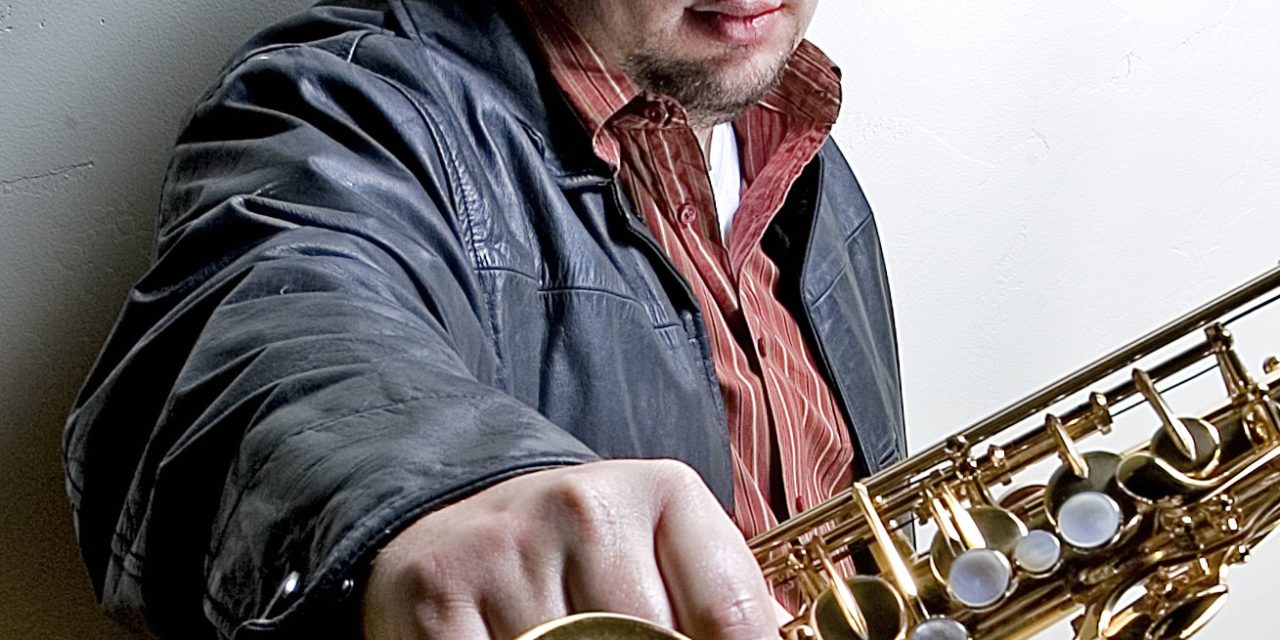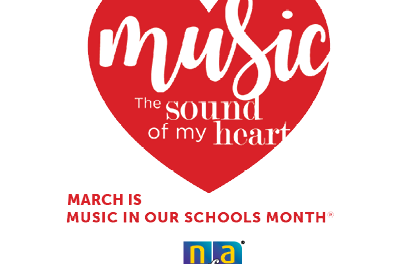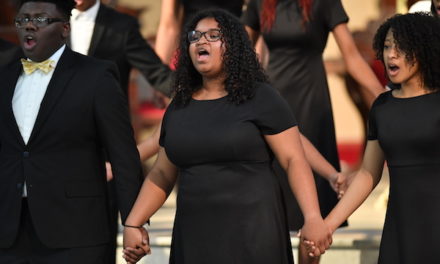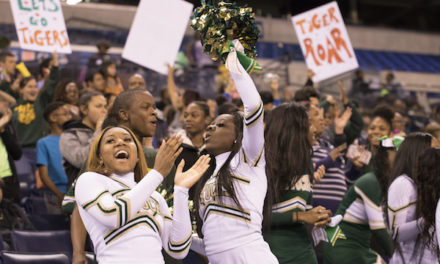Today’s guest post is from Caleb Chapman, award-winning performer, author, music educator and producer and the 2014 Conductor of the Jazz Band of America, part of the Music for All National Festival, presented by Yamaha.
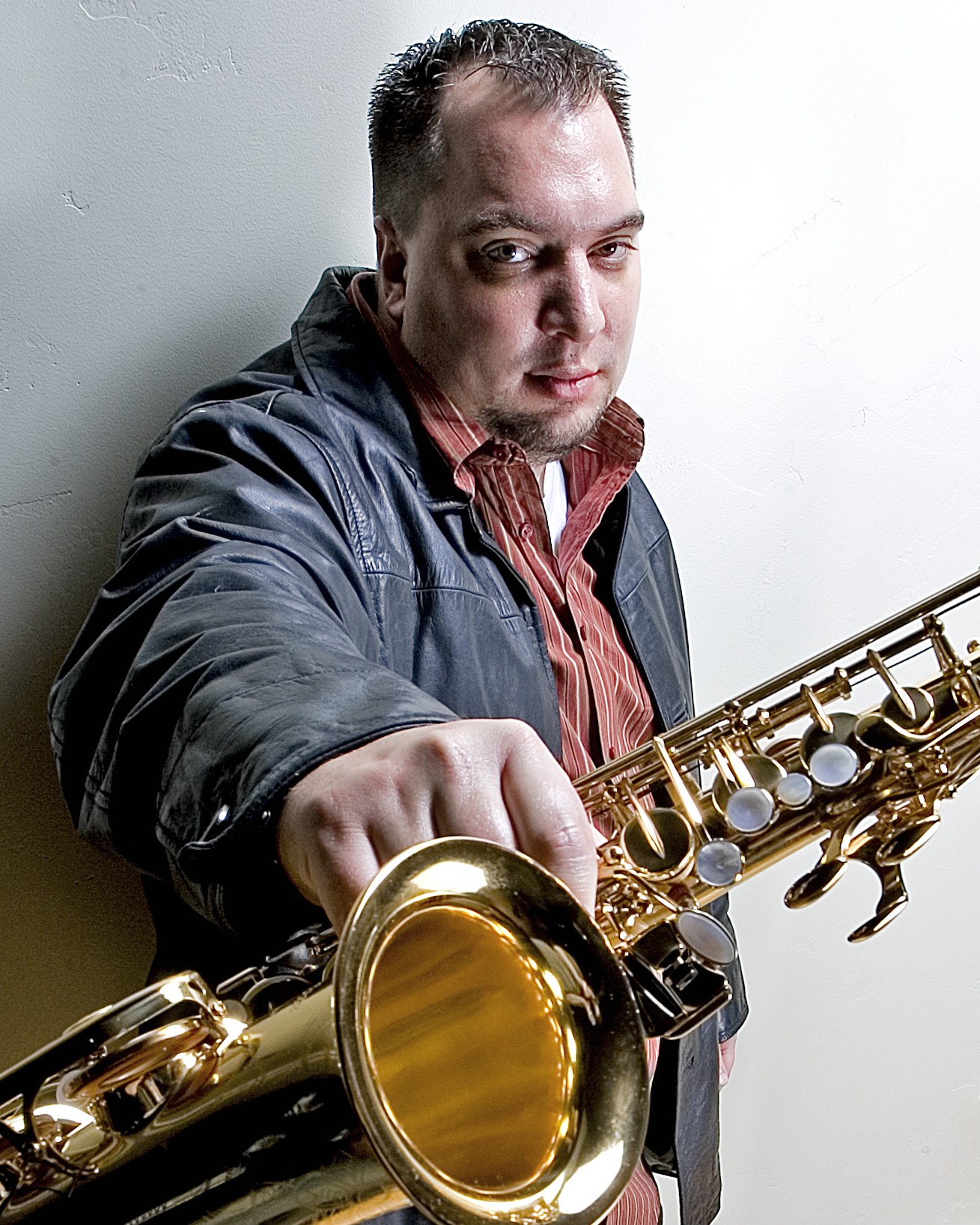 I have been blessed to have many fantastic mentors in my path to become the musician and educator I am today. Two of my absolute favorites are the legendary John Clayton and Dr. Lou Fischer. So, you can imagine how much of an honor it was when I was invited to follow both of them as director of MFA’s Jazz Band of America!
I have been blessed to have many fantastic mentors in my path to become the musician and educator I am today. Two of my absolute favorites are the legendary John Clayton and Dr. Lou Fischer. So, you can imagine how much of an honor it was when I was invited to follow both of them as director of MFA’s Jazz Band of America!
MFA has asked for me to describe a bit about my approach to directing a big band. While there are dozens of philosophies I espouse, there are two that immediately jump to mind.
Improvisation Defines Even Big Band Jazz
It is becoming harder and harder to identify what styles of music fall under the umbrella of jazz. But to me, the one constant is the element of improvisation. While many people associate this strictly with soloists, I love to carry it over into the actual performance by the big band as a whole.
As a matter of fact, as a director, I love to “play” the band like an instrument. I actually practice directing in the same way I do my sax, and take it just as seriously. Changing the dynamics of a section or the form of a chart on the spot creates a spontaneous excitement that the audience can feel. Altering the feel or texture behind a soloist creates new sonic environments to explore. The musicians become engaged at a much higher level than simply playing notes on a page.
While not squarely in the jazz wheelhouse, I had the opportunity to see this in action with a different type of band last week when I got to hang with Dave Matthews and my very good friend, GRAMMY-winning saxophonist, Jeff Coffin, at the Dave Matthews Band’s Utah concert. As I was watching the show from backstage, I was given in-ear monitors that allowed for a unique concert experience as I could hear everything the band said to one another during the show.
It was exciting to watch as Dave would change the form of the tunes on the spot, stretching solos or vamping. Drummer Carter Beauford would frequently give audible cues on how many hits the band would play. And the horn section of Jeff and Rashawn Ross would improvise backing figures for the soloists.
All of these elements kept the musicians on stage focused and playing at their highest level, creating a performance for the audience that night that will never be replicated in exactly the same way – a gift to the 17,000+ plus in attendance. That is the beauty of improvised music!
Chasing the Perfect Performance
One of my musical heroes, saxophonist Branford Marsalis said, “Humans are imperfect… We’re on the quest for the perfect performance and every note has to be right. Man, every note is not right in life.” While I agree that there will never be a perfect performance, I don’t think that should keep us from trying! I think because of its perceived loose nature, too often big band music doesn’t receive the diligent attention its classical big brother does. In actuality, there is absolutely nothing casual about a big band performance!
We all want to have the treasured “tight” band. One challenge has been that there is currently no universally accepted method to approaching the notated jazz language. I’m sure other big band directors can agree: it is critical that every musician on the bandstand interpret the charts the exact same way. Over the years, I collected some standard practices to approaching articulation, which has helped my students become unified while playing. This has made a huge difference because it allowed my students follow some key rules so that we can afford the space to improvise and play “within the lines” (Jeff Coffin and I recently published these methods in our book, “The Articulate Jazz Musician”).
Once the language is defined, the other aspects of the music can be tackled. As they say, the devil IS in the details. Polishing dynamics, intonation, and groove allow the music to be played as the composers were envisioning. THAT is the difference between a pro band and a student ensemble, not the age level of the musicians. Is it possible to have high school aged musicians play like pros? Absolutely! Our Crescent Super Band here in Utah made up entirely of musicians ages 15-18 has been named Utah’s “Best Professional Band” in any style for 8 years running.
The Payoff
Directing a big band is one of the most fulfilling challenges in music education and getting the students motivated, challenged, and consistent is truly the best part. One of my favorite moments during a show is when the set is coming to a close and the band is at its peak energy. There really is no other experience in my life that quite compares with it! I am excited to be part MFA’s Jazz Band of America and can’t wait to work with the talented musicians in this amazing ensemble. See you in Indianapolis!
-Caleb Chapman
Caleb Chapman is an award-winning performer, author, music educator and producer. For more information on Caleb’s projects and educational innovations visit CalebChapmanMusic.com.
